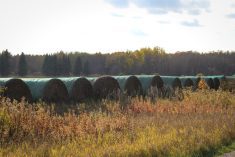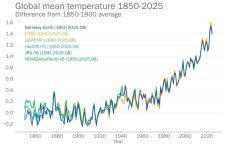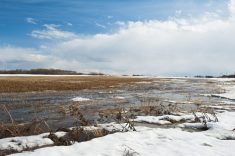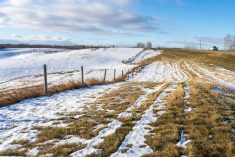A couple of things happened in the last forecast: first, the weather models finally were correct with the strong storm system projected to hit the eastern Prairies. Secondly some areas (southern Alberta) were reminded that a supposedly weak system can come together to bring significant weather.
It was a very busy and interesting end to the last forecast period, so if you don’t mind, I would like to do a short explanation of what happened. First, an upper low developed over southern Alberta on Monday. On the weather models it didn’t look like much, but the low was able to tap into some moisture, intensify, and bring significant snow to parts of this region.
Read Also
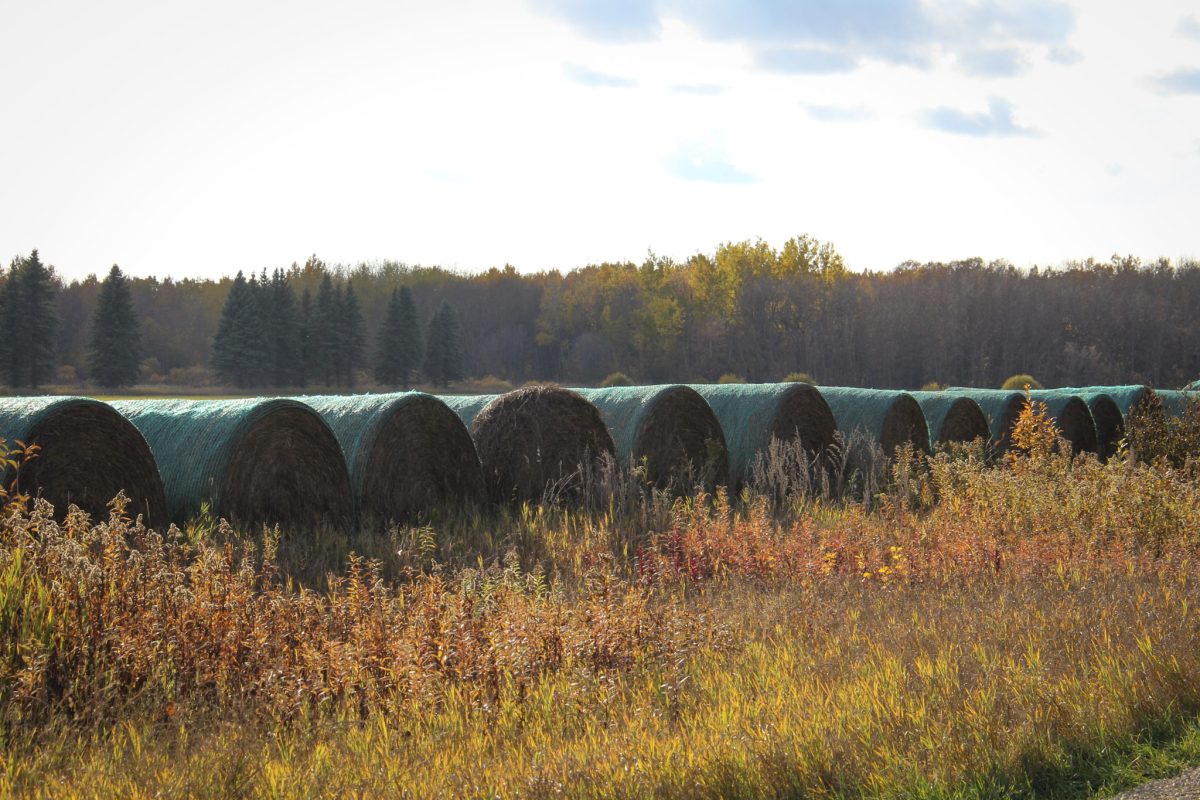
Prairie forecast: No real signs of winter yet
Forecast issued November 12, covering Nov. 12 to 19, 2025 Highlights Developing conditions suggest above-average temperatures, limited precipitation and light…
This low tracked northeastwards into central Saskatchewan on Tuesday where it brought more widespread snow as it tapped into energy ahead of a large area of low-pressure lifting northwards out of the southern U.S. This area of low pressure developed during the weekend over northern Mexico and moved into Texas on Sunday. It then rapidly lifted due north into southeastern Manitoba by late in the day on Tuesday.
This low, with its start in the deep south, was able to draw some of that heat northwards and some unseasonable high atmospheric moisture. As the low pushed into southern Manitoba, it brought significant rainfall. Over Saskatchewan the interaction between the Alberta upper low and the Manitoba low brought significant snowfalls and high winds.
What got really interesting was that the Manitoba low then captured the upper low. Then the main area of low pressure dropped southwards and quickly weakened as the upper low rotated around the surface low and initiated the development of a new area of low pressure over the eastern Great Lakes. It was a fairly unusual setup which brought all sorts of interesting weather.
You might be happy to know (or maybe not) that for this forecast period we should see a quieter but colder weather pattern across the Prairies. Arctic high pressure will be pulled southwards behind the eastern Prairie low and brings the first really taste of winter.
Alberta
Most of Alberta will see cloudy to partly cloudy skies to start off this forecast period. Alberta will be stuck between and departing low over the eastern Prairies and a large area of low pressure spinning off the coast of southern B.C. The B.C. low will try to push energy inland. At the same time, Arctic high pressure will try to build southeastwards into the region. Which one will win—B.C. low or Artic high—is up in the air. It looks like most of the moisture from the Pacific will be confined to western and southern regions. The best chance for snow appears to be on Sunday as the weather models are showing some of the Pacific energy moving into Montana. The southern half of the province could see 4 to 8cm of snow as this system pushes through.
Temperatures during this part of the forecast will be on the cool side, with daytime highs in the -8 to -12 C range over southern regions and between -9 and -14 C in the north. Overnight lows will depend on cloudy cover. Cloudy nights won’t see much change in temperatures while any clearing could lead to lows dropping into the -17 to -20 C range, especially over regions that have snow cover.
Skies look to clear to start the last week of November as Arctic high pressure takes hold. Expect sunny skies and cold temperatures with daytime highs in the -12 C range. Overnight lows will fall to around -22 C.
Saskatchewan and Manitoba
Wednesday will start with a storm system weakening and drifting off to the southeast. Saskatchewan should see snow end early in the day with winds dropping off by the afternoon. Over in Manitoba, periods of light snow will continue on and off for most of the day before the low finally pulls off to the east.
Behind the low, Arctic air will drift southwards and bring an end to the nearly two months of continuously above-average temperatures. Expect daytime highs to be in the -9 to -12 C range over Saskatchewan, and in the -7 to -10 C range in Manitoba. Overnight lows will depend on cloud cover and snow cover. Areas that can clear out will see lows in the -15 C range, and those that clear out and have significant snow cover could see lows drop to around -20 C.
Over the weekend the weather models show an area of low-pressure track by to our south with a trough extending northwards. This trough will likely bring clouds and some flurries or light snow on Sunday to a large part of Saskatchewan and to southern Manitoba on Sunday or Monday. Temperatures over the weekend will continue to be below average.
Current model forecasts for Monday to Wednesday are showing a reinforcing shot of Arctic high pressure building southwards. This means plenty of clear skies and continued below average temperatures.
— Daniel Bezte is a teacher by profession with a B.A. (Hon.) in geography, specializing in climatology from the University of Winnipeg. He operates a computerized weather station near Birds Hill Park, Man. Contact him via email with your questions and comments.




